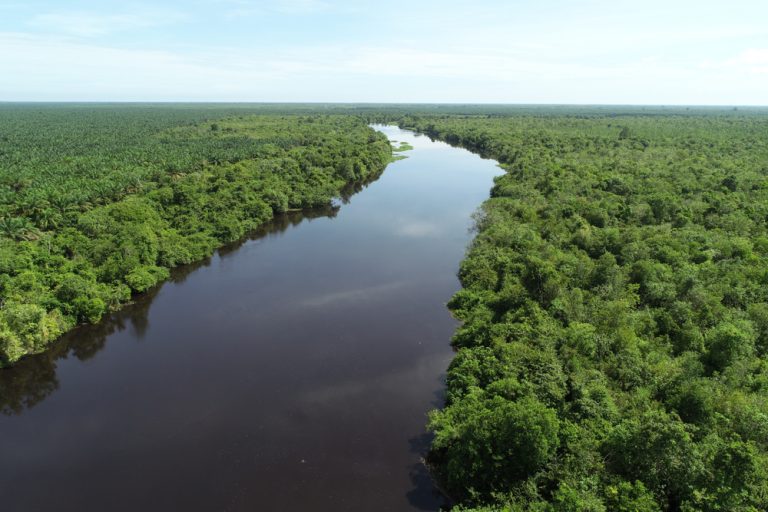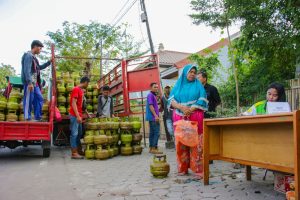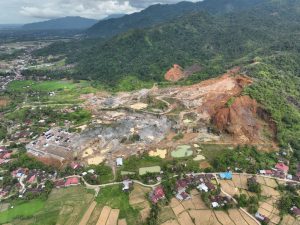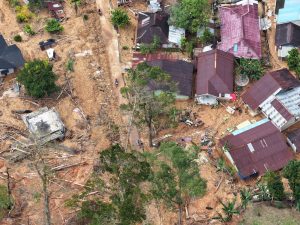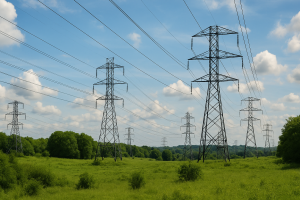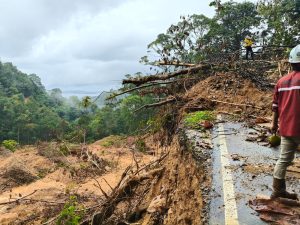Jakarta – Planting bioenergy plant species on degraded peatlands can boost the energy sector and at the same time contributes to reducing greenhouse gas emissions, officials said Sunday (8/5). Bioenergy production will be directed at using degraded land, including peat, to prevent competition in land use for food production and biodiversity conservation.
Head of the Instrument Standardization Agency of the Ministry of Environment and Forestry (MoEF), Ary Sudijanto said in an official statement that “the development of bioenergy on degraded land will also support the target to rehabilitate an area of 14 million hectares.”
He said, so far the MoEF has collaborated with a number of partners such as the Center for International Forestry Research (CIFOR), South Korea’s National Institute of Forest Science (NiFoS), as well as local partners in Indonesia to identify areas and types of plants suitable for development.
The type of potential plant to be developed is nyamplung (Calophyllum inophyllum), a coastal plant known in some areas as tamanu, which can be processed into biofuel or gamal (Gliricidia sepium) also known in some areas as quickstick which is used as biomass energy.
Researcher from the National Research and Innovation Agency (BRIN), Professor Budi Leksono added, nyamplung has the potential to be developed as bioenergy as well as rehabilitate peat. “The productivity of the nyamplung plant is very high, reaching 20 tons per hectare/year with an oil yield of up to 60% of the dry seed weight,” he explained, adding that nyamplung is an advantage because the oil produced does not compete for food needs as is the case with palm oil.
The development of bioenergy crops on degraded peatlands can at the same time be a dual solution to rehabilitate land and provide renewable energy as a solution to the climate change crisis. This is in line with the government’s commitment to increase the use of new and renewable energy (NRE), including those from bioenergy such as biofuels and biomass.
The energy sector contributes 11% of the 29% target for reducing Indonesia’s greenhouse gas emissions by 2030 as stated in the NDC (Nationally Determined Contributions) document.
Business sector support
Meanwhile, the general chairman of the Indonesian Forest Entrepreneurs Association (APHI) Indroyono Soesilo said the holders of the Forest Utilization Business Permit (PBPH) were ready to support bioenergy development while restoring degraded peatlands.
“PBPH can implement forestry multi-business with agroforestry paludiculture patterns to support this policy,” he said, referring to a cultivation system on peatlands that optimizes native plant species or other adaptive plants.
For short-term use, it can be done by planting citronella and jelutung (Dyera costulata) whose sap can be developed for long-term use. Meanwhile, in the medium term, bioenergy plants such as gamal, whose wood has a high calorific value, and is not inferior to coal may be considered.
Gamal plants can be cultivated with the coppice system, which means that the tree does not need to be cut down to use its wood. “Currently this paludiculture pattern is being tested at one PBPH in West Kalimantan,” said Soesilo.
He said that gamal wood could be used in the form of flakes or processed into wood pellets to be used as a companion or substitute for coal in power plants. According to Soesilo, PLN is currently moving towards using more biomass for electricity generation. “It takes around 4.1 million per year of biomass for co-firing needs at 52 PLN power plant locations.” (Hartatik)
Banner photo: Degraded peatland in Sumatra (Taufan Kharis/shutterstock.com)

